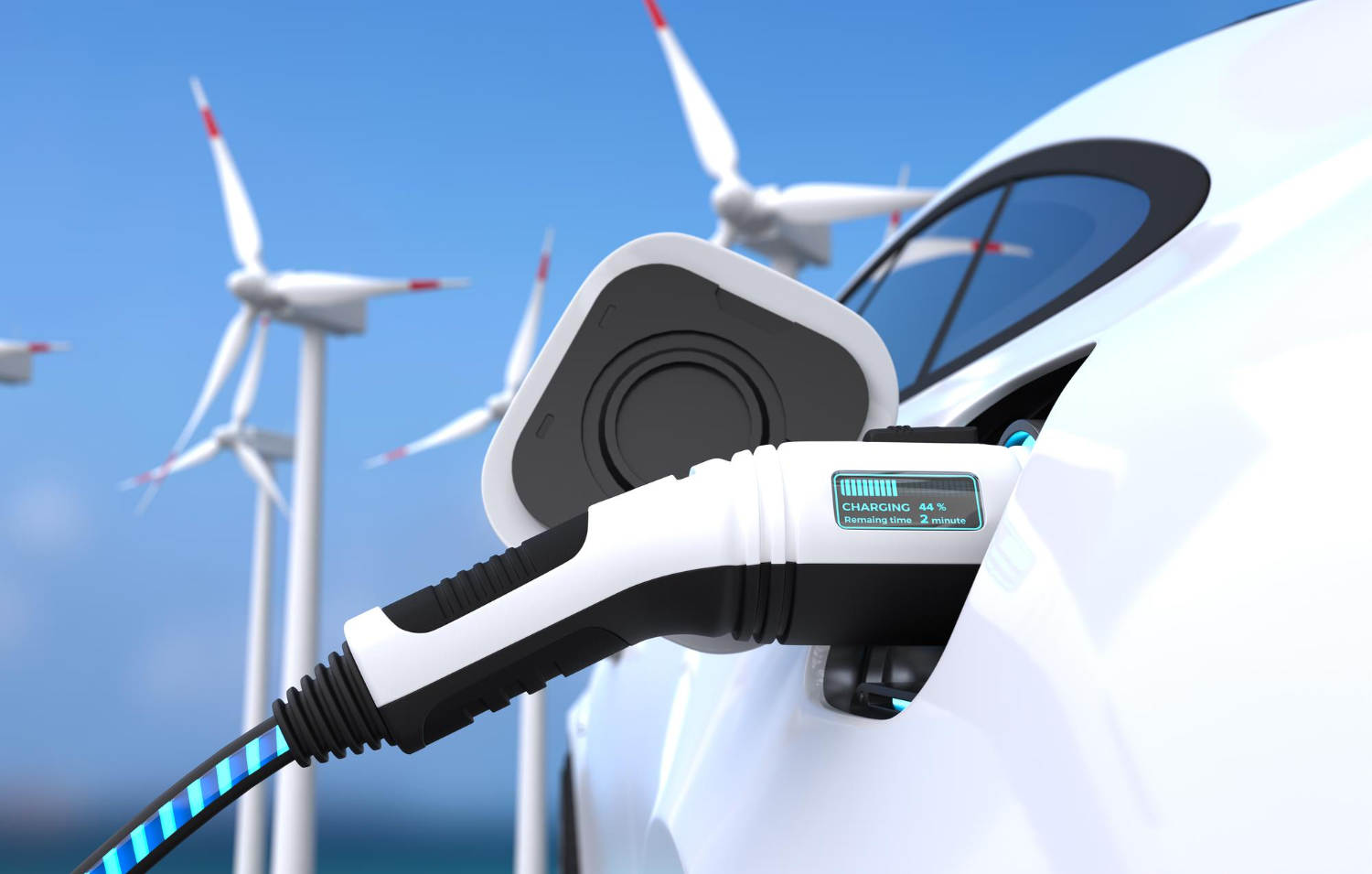
Honestly, electric cars can be a financial burden for many. While most people don’t want to contribute to global warming, going hungry and bankrupt aren’t viable options.
Paris Marx, in his book ‘Road to Nowhere,’ argues that we should invest in sustainable transit systems. He suggests rethinking mobility altogether, rather than focusing on the best electric vehicles or cars with lower carbon footprints.
This raises the question of whether the transition to electric vehicles is just another case of ‘short-term pain for long-term gain.’ Amidst the uncertainty and myths surrounding electric cars, some individuals may be hesitant to embrace this new technology.
Achieving Net-Zero Emissions: A Collective Effort
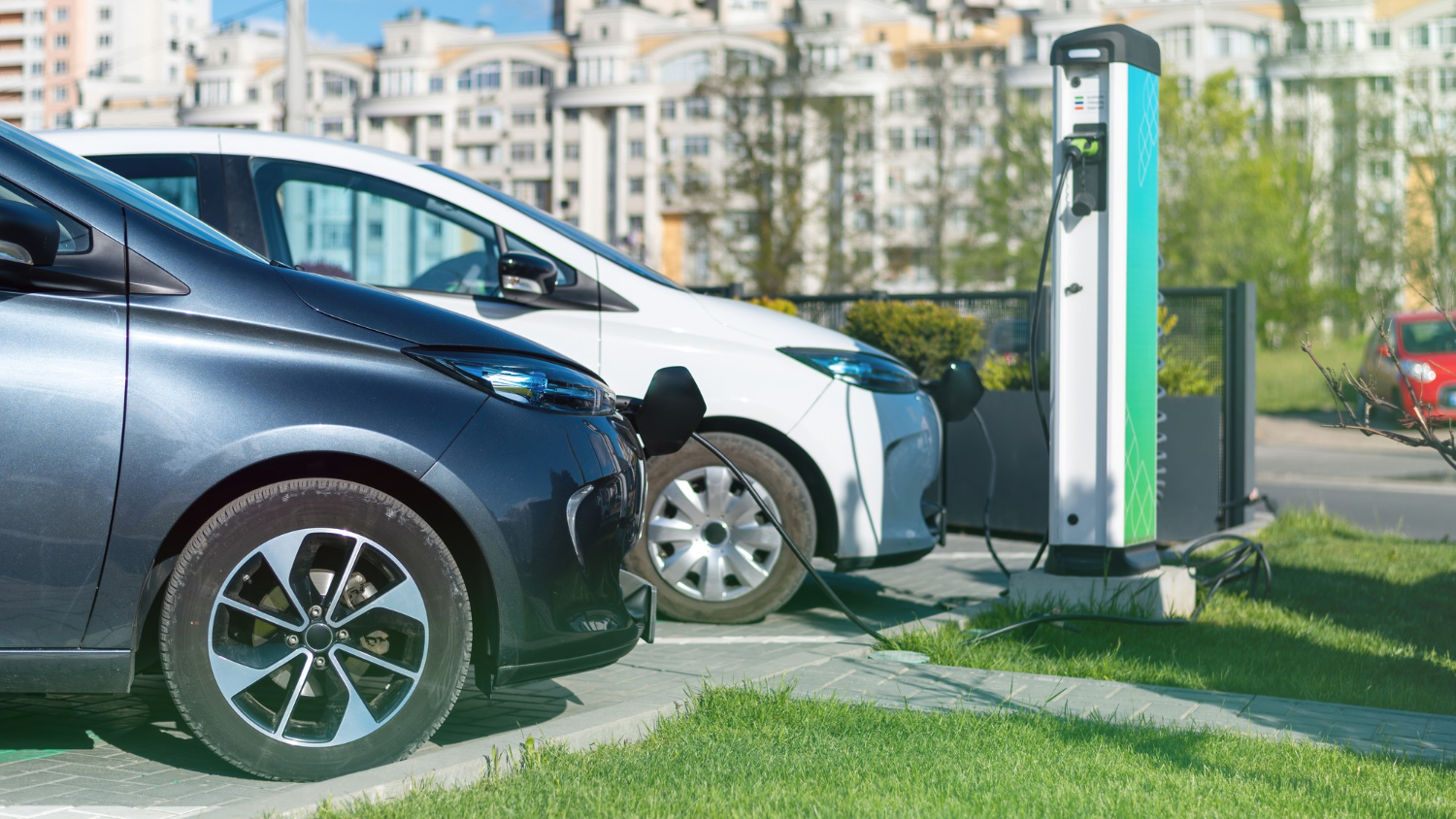
As a nation, can we meet the 2050 net zero emissions targets?
According to the United Nations, countries are far from achieving their Paris Agreement goals. With most emissions contributed by just a few countries, significant changes must be implemented to reach net zero. However, all countries, regardless of their emissions share, must take part in mitigating climate change.
While EVs alone cannot solve all of our environmental challenges, they represent a critical component in the transition to a more sustainable global economy.
Electric Vehicles: Debunking Common Myths
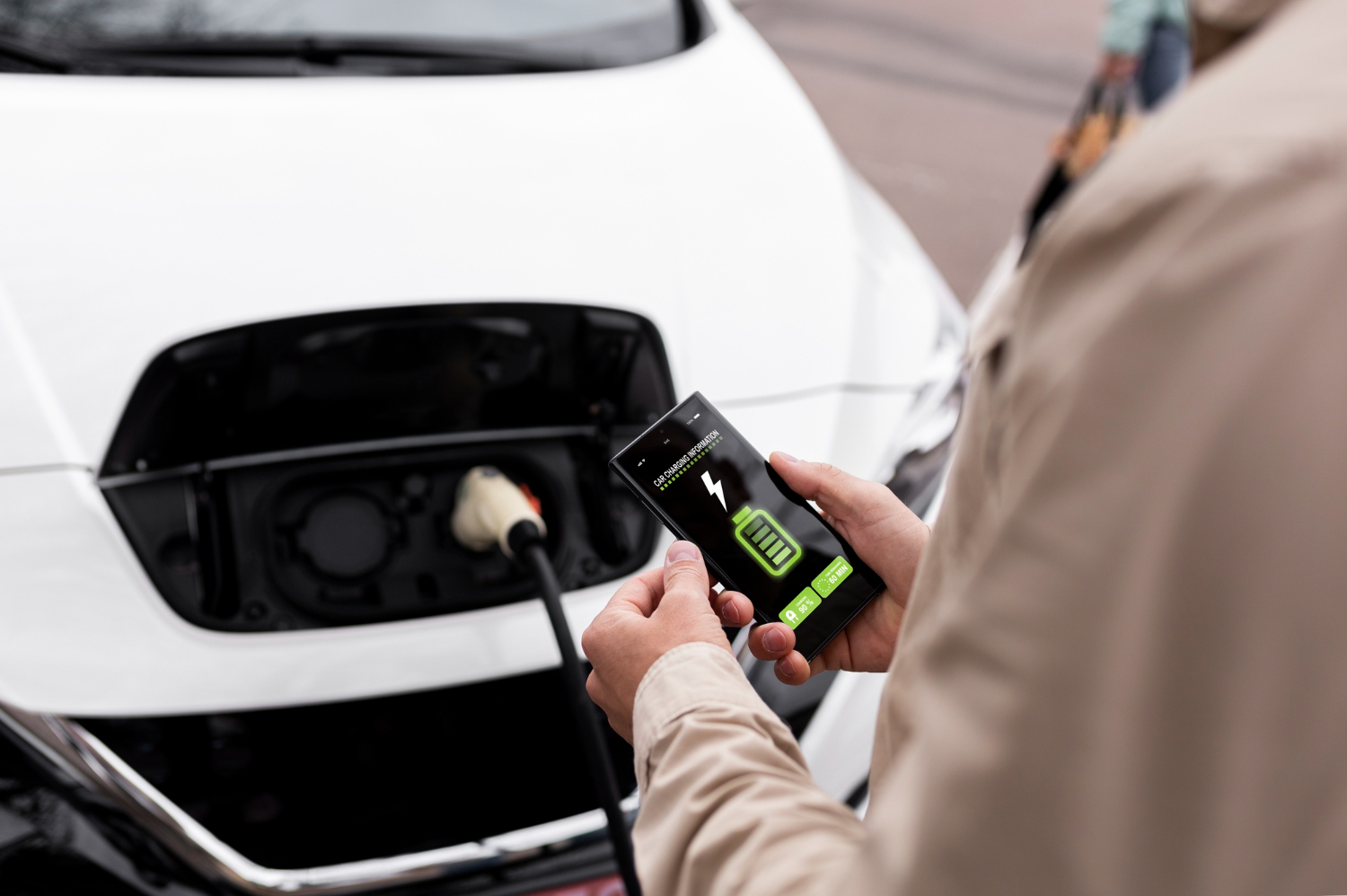
Despite the controversy, electric vehicles offer a long range of climate benefits that must not be overlooked. To better understand the potential of electric vehicles, it’s important to address some common misconceptions:
Myth #1: Electric cars contribute more to carbon emissions.

Fact: EVs usually have a smaller carbon footprint than gasoline cars, even when accounting for the car charging the car, battery and vehicle emissions off road too. Electricity generation can produce carbon emissions. However, long range of research indicates that EVs still generate fewer greenhouse gases (GHGs) than the average gasoline car.
As renewable energy sources become more prevalent, the GHGs associated with EVs will continue to decrease. In fact, the problem of ‘pollution debt’ can be solved in about 22 months.
Moreover, electric cars offer an advantage that gas-powered vehicles cannot match: They completely eradicate tailpipe emissions. This factor greatly contributes to enhancing electric vehicle, air quality performance and climate objectives performance.
The largest source of pollution in the US is the transportation sector, which is responsible for 27% of emissions. Addressing climate change requires efforts to improve the environmental impact of passenger vehicles. Switching from gas-powered cars to electric ones is important in maintaining mobility while reducing global warming. Furthermore, reducing emissions from transporting raw materials can be achieved by electrifying the industrial trucking sector.
Myth #2: Manufacturing EV batteries makes them more harmful to the environment.
Fact: Throughout their lifespan, an electric vehicle or car generally produces less GHGs compared to gasoline-powered cars. That includes the manufacturing process.
True, production of batteries may initially result in higher carbon emissions. But the overall amount of emissions linked to an EV’s manufacturing, charging, and use tend to be lower than those of a gasoline car. One can also view manufacturing emissions as a form of deficit that can be offset through long-term reductions in emissions.
Driving luxury an electric vehicle for just 10,650 miles annually, an EV user can reap climate benefits within two years. With cars lasting 10-15 years, the impact is substantial. Furthermore, using renewables in factories cuts manufacturing emissions. For instance, carbon-free electricity in battery pack production reduces emissions by 27%, according to research.
Focusing on EV battery recycling can help lower emissions by minimizing the need for new resources, despite current challenges. Ongoing research is being done to refine the battery recycling process.
Myth #3: There are no places to charge an electric car.
Fact: Electric vehicles can be charged using a regular outlet, just like your electric toaster! As of 2021, there were an estimated 1.8 million public charging points globally to support the growing the vehicle market number and the speed and range of electric cars.
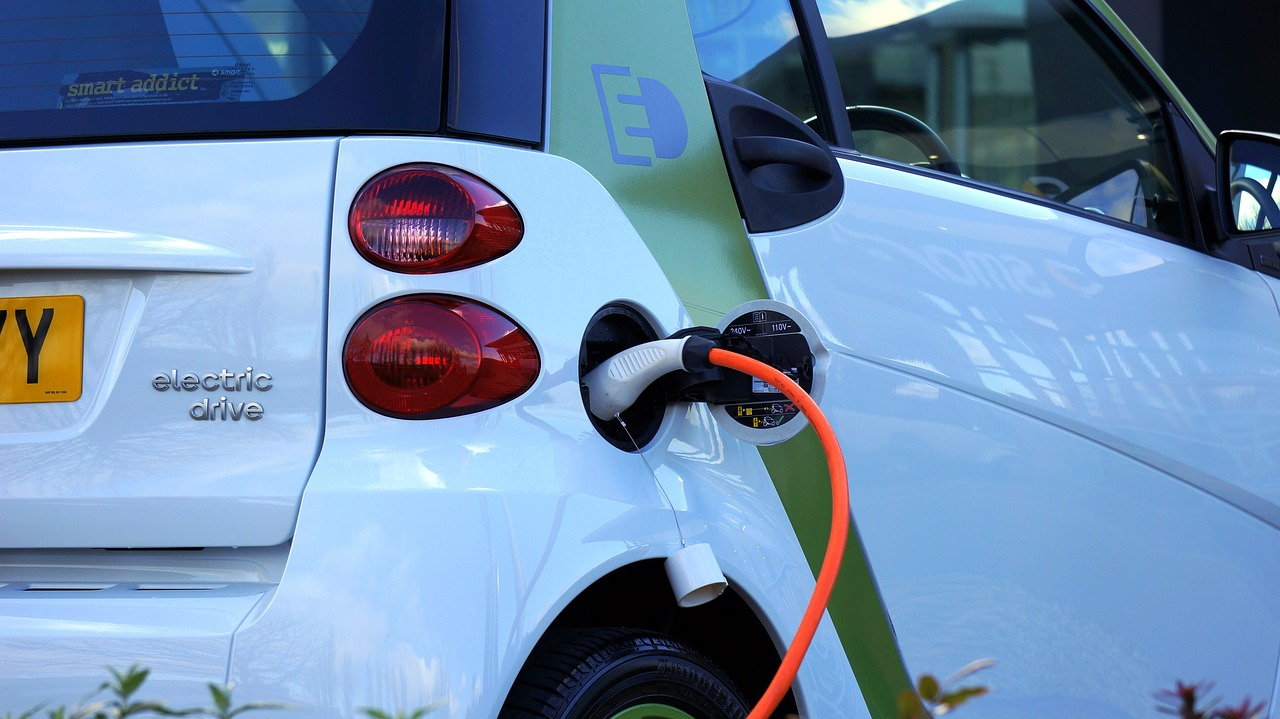
One of the most common misconceptions about electric vehicles (EVs) is the notion that there are limited range and charging options available. However, EV ownership has long range and is not impractical at all.
In general, most electric car or vehicle battery owners can sufficiently charge their electric cars car or vehicle battery overnight using Level 1 equipment. They only need a few car specific electric power outlet near where they park their electric car or vehicle at. This option does not require any extra fees or expenses.
In contrast, for individuals who have longer commutes or unpredictable schedules, they may need Level 2 charging equipment and battery part. This has to be installed to accommodate cars with slightly larger batteries that need more time to fully charge their car battery up. State and other electric vehicle and utility incentives are often available to help offset the costs of charging equipment and battery part, making it an affordable option for many drivers.
Myth #4: Electric vehicles lack the range needed to accommodate daily travel demands.

Fact: The range of electric vehicles is more than sufficient for typical daily use.
EVs have ample range to cover an average household’s daily travel needs, the estimated driving range of electric car, which is approximately less than 50 miles per day. Only 2% of households travel over 50 miles on a typical day. Most EV models can travel over 200 miles on a fully charged battery, with almost all new models covering estimated driving range of more than 100 miles on a single charge. Furthermore, automakers plan to release even longer-range models in the coming years.
Myth #5: Electric vehicles can only be found as sedans.
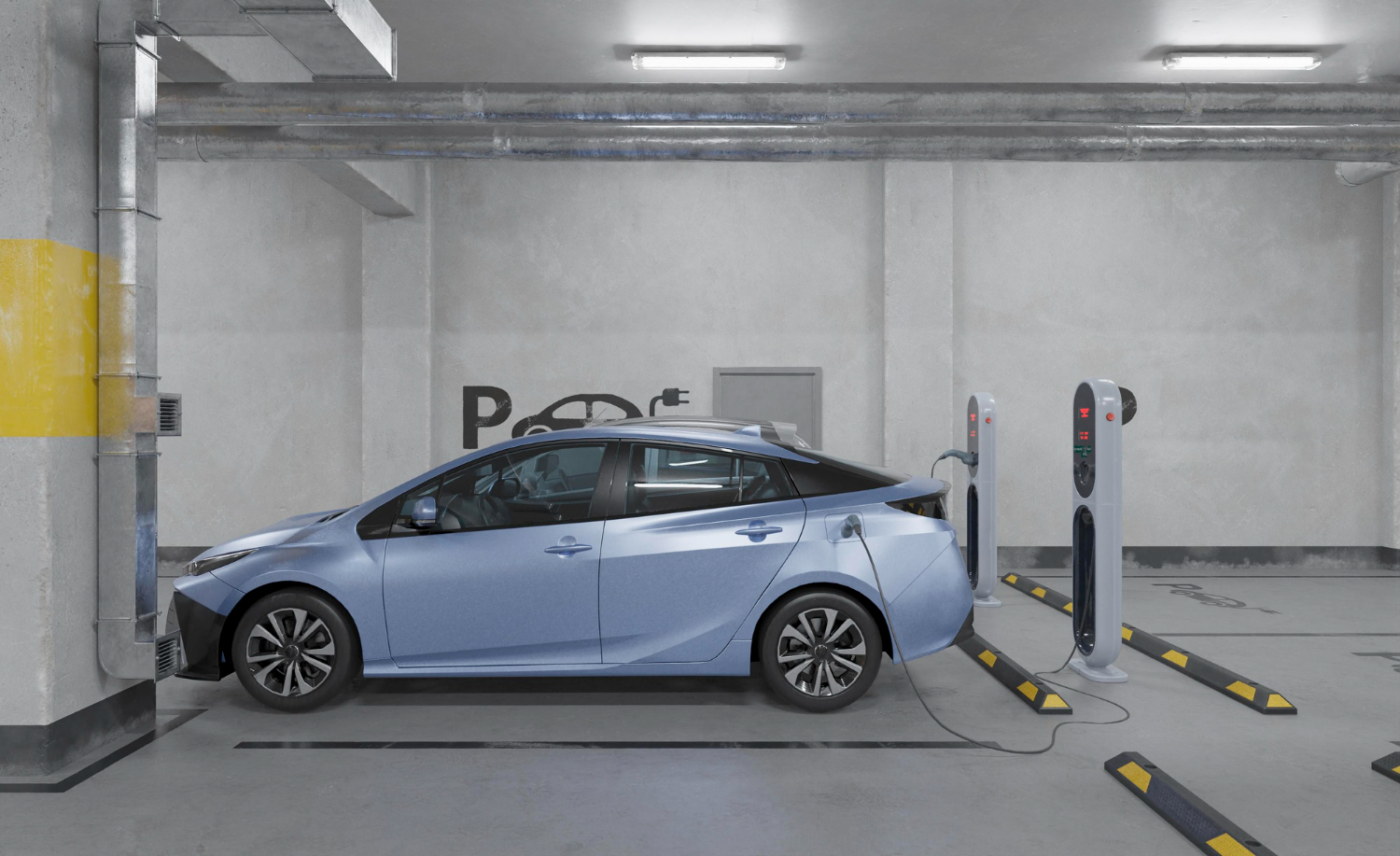
Fact: The full range of options for electric vehicles are diverse. They can actually accommodate a range of different vehicle needs and a range of other vehicle driving preferences.
Electric vehicles with electric motors have come a long way from being just passenger cars. Today, there are over 50+ electric motor plug-in hybrid and fully electric, vehicles and EV models available in the market. The selection of the best electric cars, electric motors, and electric vehicle, types is set to grow even further. Electric vehicles can be classified into three main categories:
- Battery electric vehicles, which rely on electricity stored in a battery pack
- Plug-in hybrids, which combine an internal combustion engine with an electric motor and a sizable rechargeable battery
- Fuel cell vehicles, which produce electricity using a fuel cell powered by hydrogen
Furthermore, electric trucks and transit buses can be seen on off road more frequently in cities across the United States. Electric fire trucks have already been introduced in California. In the future an electric car, more electric trucks, sanitation trucks and postal and delivery trucks may soon be transporting goods without polluting the air. The electric vehicle landscape is expanding, and it’s only going to get better.
Myth #6: Electric cars are more prone to accidents compared to gasoline cars.
Fact: Both types of electric vehicles must adhere to the same conventional safety regulations.
All light-duty cars and trucks sold in every country must adhere to certain safety standards. These vehicles undergo an extensive and well-established testing process, regardless of whether they are powered by gasoline or electricity. In addition, EV battery packs must comply with their own set of testing standards. The revolutionary vehicles are designed with extra safety features that shut down the electrical system in the event of a collision or short circuit.
EVs are not only cleaner and more cost-effective than traditional gasoline vehicles. They also promote better health by reducing air pollution levels. However, their market share on the road remains low.
Governments are encouraged to invest in incentives, infrastructure, and a cleaner grid to ensure a rapid and sustainable transition. The advantages, including reduced premature deaths caused by respiratory and cardiovascular diseases, far outweigh the risks. This is expected to lead to a better future for all.
Aligning Electric Cars with Sustainable Development Goals (SDGs)
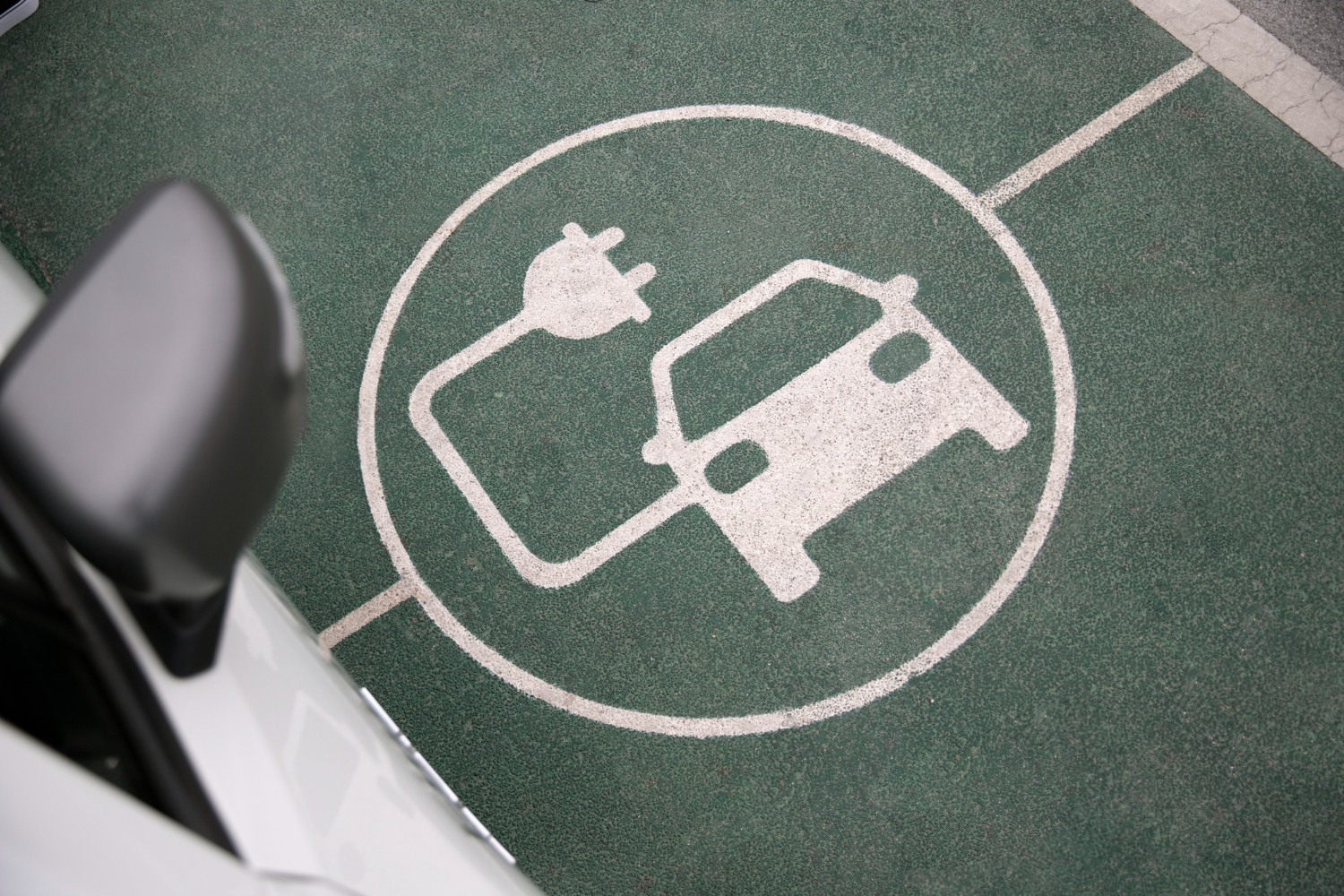
Electric cars can contribute significantly to addressing climate change and fostering a better world. Adopted in September 2015, the 17 SDGs provide a global and comprehensive sustainability agenda for governments and organizations. Building upon the Millennium Goals and other international agreements, these goals focus on sustainable development worldwide.
Climate Action (SDG 13)
Speeding up the shift to electric vehicles can greatly cut transportation-related greenhouse gas emissions.
Affordable and Clean Energy (SDG 7)
As electric vehicles become cheaper and the energy grid relies more on the power of renewables, EVs can encourage clean, sustainable energy use.
Sustainable Cities and Communities (SDG 11)
Embracing electric cars on a large scale aids in creating sustainable urban transport systems. This reduces air and noise pollution while enhancing city life lucid air quality.
B Corporations Driving Climate Action

As the effects of climate change become increasingly evident, taking action is no longer just an option for business leaders and policymakers – it’s a necessity. As the main drivers of global warming, humans and companies must take steps to lower their carbon footprint and actively fight climate change.
The urgency is underscored by the displacement of nearly 7 million people in 104 countries and territories. This incident was caused by climate-related disasters by the end of 2020.
In light of this pressing issue, B Corporations are stepping up to drive climate action:
ev.energy is a B Corp company that has developed a software platform to optimize the whole electric vehicle, from electric vehicle, car, and electric vehicle fast charging, for drivers. This platform encourages sustainable EV fast charging habits by connecting users with the cheapest and greenest energy available in their area. Its features include:
- Automatic smart charging
- Home solar integration
- Cash rewards for sustainable charging
With these, the organization promotes clean energy consumption and optimizes the environmental impact of all electric trucks and electric cars made.
- Solectrac
Solectrac, another B Corp company, manufactures 100% battery-powered electric tractors for agriculture and utility use. By replacing diesel power tractors with their electric battery power counterparts, Solectrac’s eFarmer brand and eUtility will power tractors:
- Eliminate greenhouse gas emissions
- Reduce noise pollution
- Minimize energy and maintenance costs
They are all wheel drive the mainstream models facilitating the transition to zero-emission regenerative agriculture. In turn, this same model drives farmers and food producers to reduce their carbon footprint, decrease harm to soil and human health, and support carbon sequestration initiatives.
- Climate Neutral Group
The effects of climate change can be witnessed through extreme weather events, droughts, and storms, emphasizing the urgency of action.
As such, the Climate Neutral Group is dedicated to helping organizations reduce their climate impact. Their expertise lies in transforming ambitions into concrete plans and actions – moving from A to Zero CO2. This base model allows companies to work on their mission while staying within the planet’s boundaries.
The Verdict
The widespread adoption of EVs presents a unique opportunity to transform mobility, and the benefits far outweigh the risks. This transformation is driven by changes in regulation, consumer behavior, and technology.
Regulation
Regulatory efforts by governments and cities worldwide include stringent emissions targets, incentives, and subsidies to accelerate the shift to sustainable mobility. For instance, the European Union’s ‘Fit for 55’ program aims to reduce greenhouse gas emissions by 55% by 2030. Cities are also investing in alternative mobility options, such as improved bicycle networks and access regulations for low-emission zones.
Consumer Behavior

Consumer behavior is evolving, with people embracing more sustainable modes of transportation. The use of shared bicycles and e-scooters is on the rise, and there is a growing interest in shared mobility options like ride-pooling services. This change in mindset helps reduce vehicle miles traveled and emissions.
Technology

Billions of dollars have been invested in companies and start-ups working on electrifying mobility and developing autonomous driving technology for electric cars. These innovations will help reduce EV costs and make both electric cars and shared mobility an attractive alternative to car ownership.
While the environmental impact of lithium-ion batteries remains a concern, recycling rates are expected to improve with time and innovation. As electricity generation increasingly relies on renewables, the overall environmental benefits of EVs will continue to grow. In the meantime, investing in energy efficiency improvements and adopting energy-conscious decisions are critical.
For instance, rejecting the current car-centric culture and rethinking what personal mobility means can bridge the gap towards a cleaner, more sustainable future. Environmental groups encourage people to walk or use mass transit instead of driving. They may likewise change their diet and fully electrify homes and businesses.
Electric Vehicles are the Future
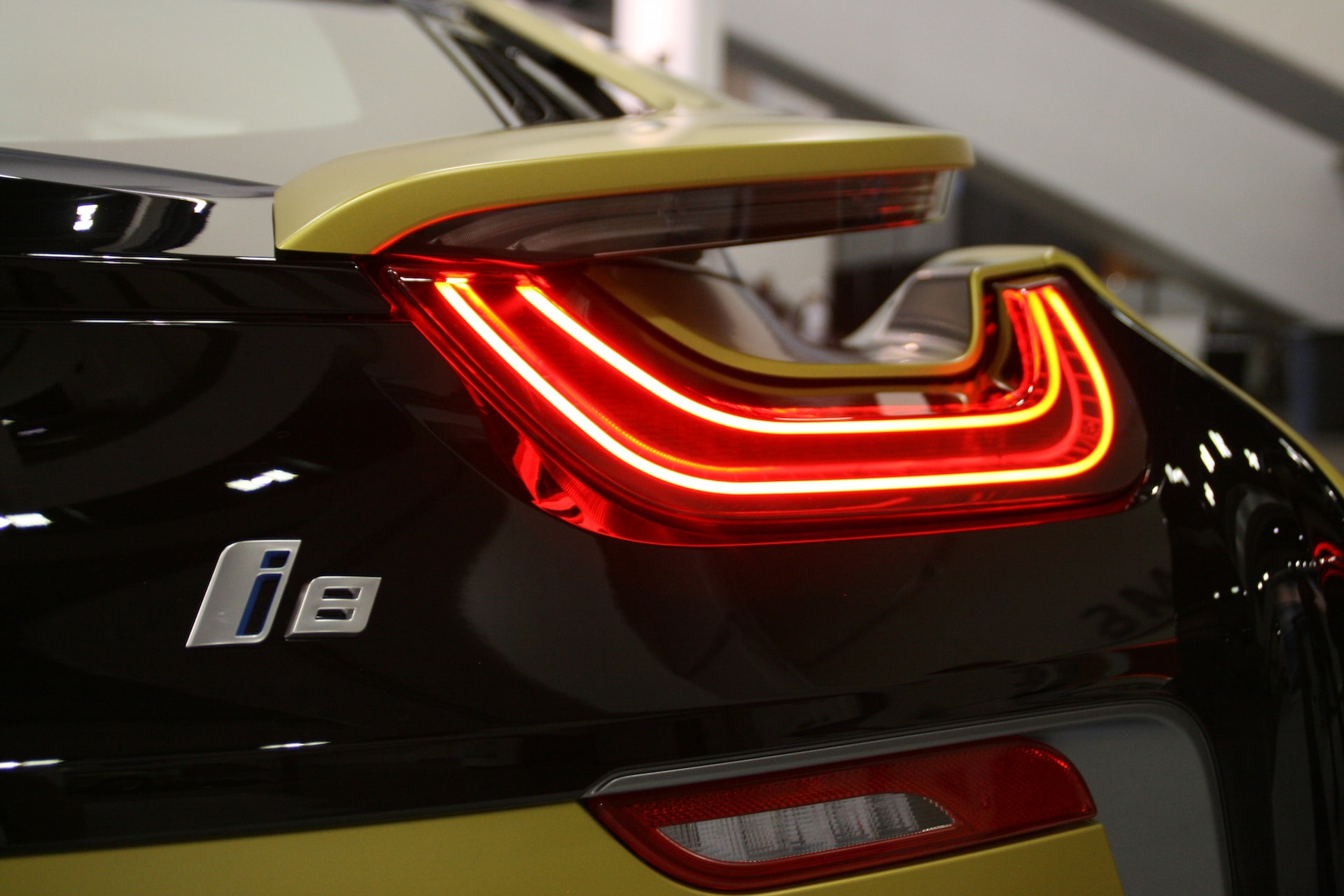
As more drivers switch to EVs, we can expect a cleaner, healthier future with reduced global warming emissions. While EVs may be more expensive, they offer significant long-term savings. Infrastructure and technology surrounding EVs are advancing rapidly. In the future, they will be more affordable and accessible to consumers. The transition can lead to significant reduction in air pollution and related health problems as well.
We can work towards a sustainable future with continued innovation and increasing renewable energy use.

